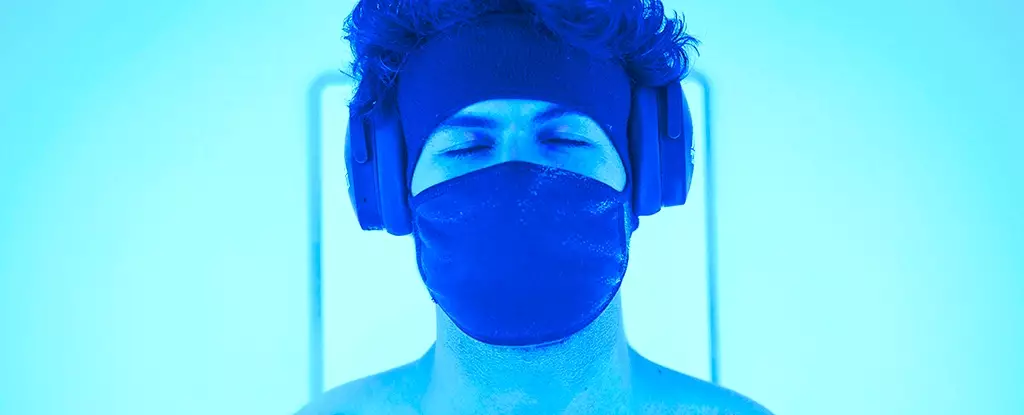In recent years, cryotherapy has gained traction as a popular trend among athletes and health enthusiasts alike. However, the practice of utilizing extreme cold for therapeutic benefits is not a modern invention. In fact, the roots of this approach can be traced back to ancient Greece, where cold treatments were first employed to aid recovery. Today, a new avenue of research conducted by the University of Poitiers and other institutions sheds light on how cryostimulation can influence sleep quality and overall well-being, opening a door to innovative treatments for various health concerns.
Cryostimulation involves brief exposure to significantly low temperatures, reaching levels as low as -90°C (-130°F). During this short yet intense experience, the body undergoes physiological changes that may prove beneficial for numerous conditions. Recent studies indicate that daily sessions in a cryostimulation chamber can enhance sleep quality and improve mood, presenting a unique opportunity for individuals struggling with sleep disturbances and related issues such as anxiety and inflammation.
The aforementioned study enrolled 20 healthy participants, predominantly in their early twenties, to assess the impacts of cryostimulation on sleep. Each participant underwent a five-minute session of cold exposure daily, with the researchers meticulously monitoring their biological activity and sleep patterns using various sensors throughout the night.
The findings unveiled a remarkable correlation between cryostimulation and enhanced sleep architecture, particularly an increase in slow-wave sleep (SWS). This phase of sleep is a critical component associated with physical restoration and memory consolidation. According to kinesiologist Olivier Dupuy, the duration of SWS increased by an impressive average of 7.3 minutes following cryostimulation.
However, it is noteworthy that while the research highlighted significant improvements in sleep quality and mood, some aspects of sleep remained unaffected by cold exposure. For instance, the time it took for participants to fall asleep and the duration of REM (Rapid Eye Movement) sleep did not exhibit notable changes. This suggests that while cryostimulation positively influences certain areas of sleep, it does not replace the various complex factors that govern the full spectrum of our sleep environment.
Another intriguing aspect of the study is the apparent disparity in responses to cryostimulation between genders. The researchers discovered that women experienced more pronounced benefits in terms of mood enhancement and sleep quality compared to men, prompting further exploration into the necessity of tailoring cryotherapy protocols based on individual biological differences. This element of the research is important, as it opens up new avenues for understanding how therapeutic approaches can be refined to cater to a diverse population.
The implications of these findings are substantial, extending beyond the realm of sleep enhancement. With the evidence suggesting that whole-body cryostimulation (WBC) can alleviate inflammation and improve recovery times, particularly for elite athletes, the benefits of such treatments could be far-reaching. Chronic inflammatory conditions, early signs of dementia, and general well-being could all stand to improve through the integration of cryotherapy into conventional treatment strategies.
However, the small sample size and preliminary nature of this research indicate that more extensive studies are necessary to verify these results and explore the underlying mechanisms that connect cryostimulation to improved sleep quality. Future investigations may indeed unravel the physiological processes at play, bringing us closer to understanding how extreme cold can impact our biological rhythms.
As the scientific community continues to field inquiries into cryotherapy, the potential for innovative treatments within sleep medicine, as well as athletic performance recovery, appears promising. Cryostimulation may emerge as a complementary technique, intricately woven into holistic approaches for enhancing healthful living, sleep, and physical recovery.
The intersection of ancient therapeutic practices and modern scientific inquiry underscores the importance of exploring new modalities to elevate our health. Through embracing innovations like cryostimulation, we may unlock new pathways toward restoring balance, improving sleep quality, and tackling various health challenges effectively. As research progresses, we can anticipate a broader acceptance and application of these therapies, highlighting the dynamic nature of wellness strategies in a rapidly evolving world.

